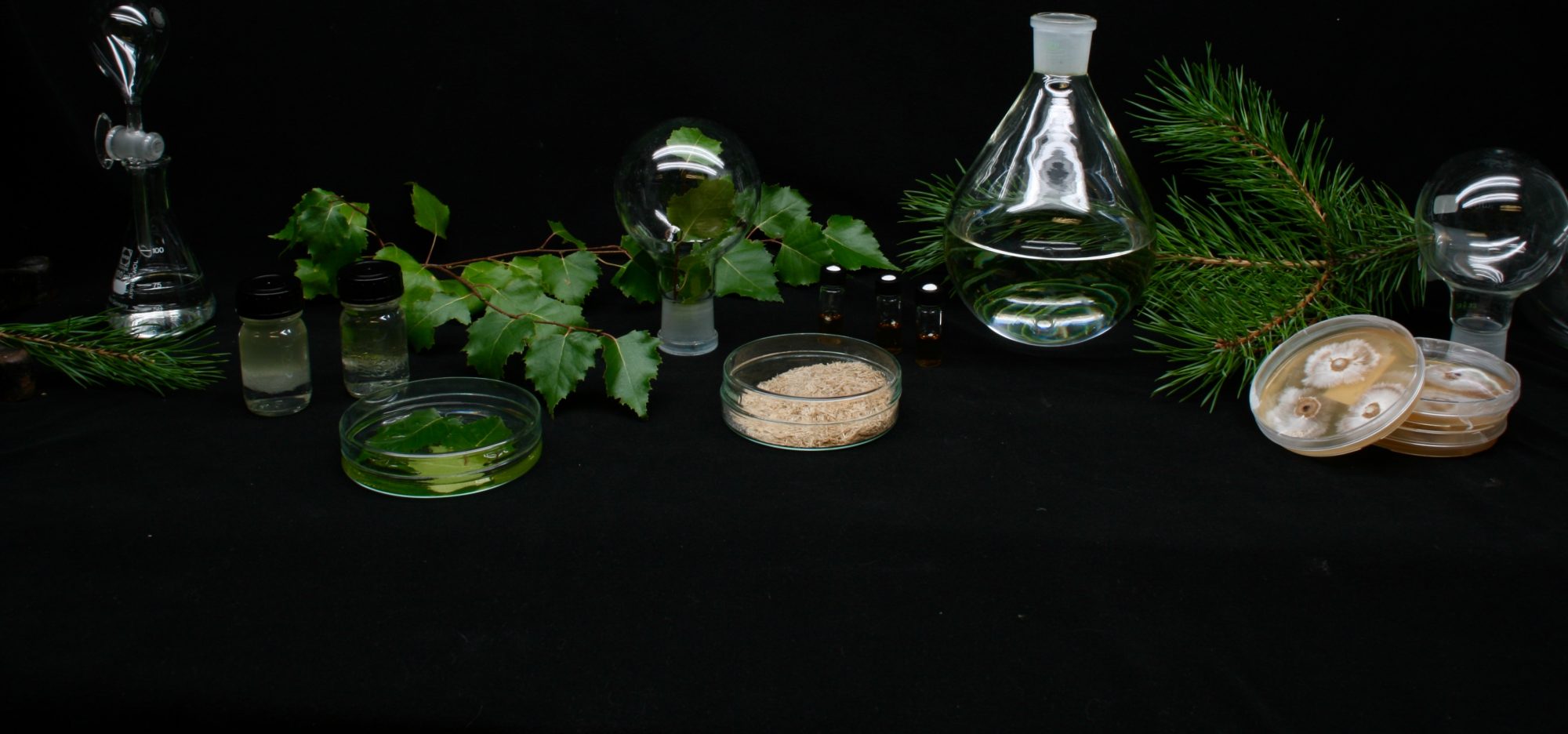The Food Materials Science research group continues to innovate in the use of Nordic forest resources in advanced applications for food and other novel materials. For this, a deep understanding on the chemical and structural aspects of wood components is crucial. Assessment of cellulose, hemicelluloses, and lignin alone is needed, but also the identification and elucidation of linkages between those structures: the so-called lignin-carbohydrate complexes (LCCs). Despite of paramount importance for applications, the identification of LCC bonds is challenging because of their relatively low frequency in wood extracts.
A recent research article by Danila Carvalho et al. tackled this challenge and improved the identification of LCC bonds in spruce hot water extract using an elegant combination of fractionation techniques, including chemical, enzymatic, and physical methods. Such techniques resulted in the fractionation of LCC bonds and enabled the identification of three types of LCCs, namely: phenylglycoside (PG), benzylether (BE) and gamma-ester (GE). This research developed an efficient analytical methodology for LCC identification, which may facilitate the study of LCC functionalities and, consequently, open novel opportunities of applications for wood-based derivatives.
This research was a result of the collaborative project: “Role of lignin carbohydrate complexes as key to stable emulsions” (ROCK), funded by Tandem Forest Values programme by Kungliga Skogs- och Lantbruksakademien (KSLA), Sweden, and led by Assist. Prof. Kirsi Mikkonen (University of Helsinki, Finland) and Assoc. Prof. Martin Lawoko (Royal Institute of Technology, Sweden).
The open access article is available here.


